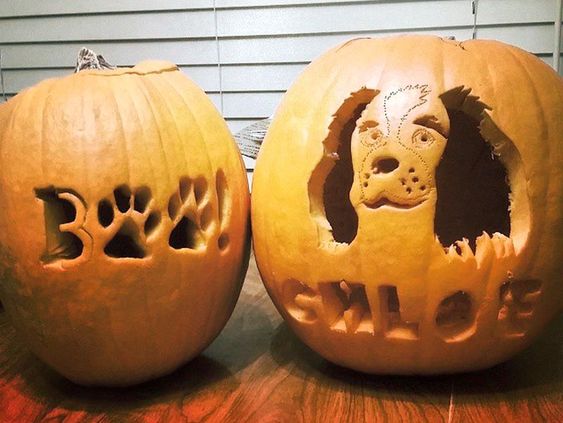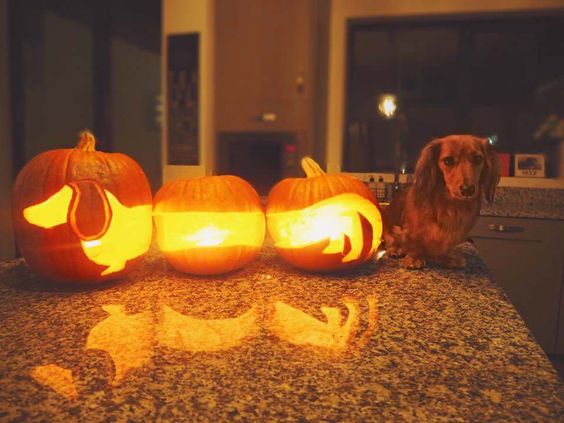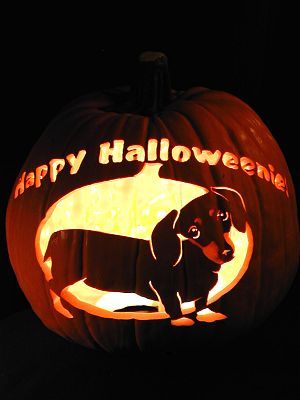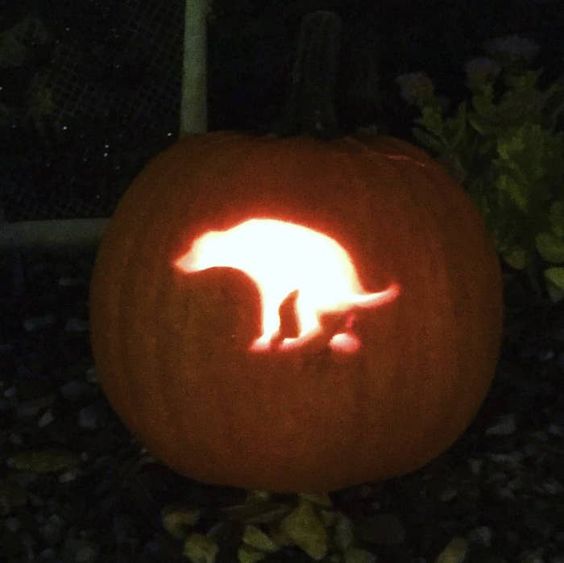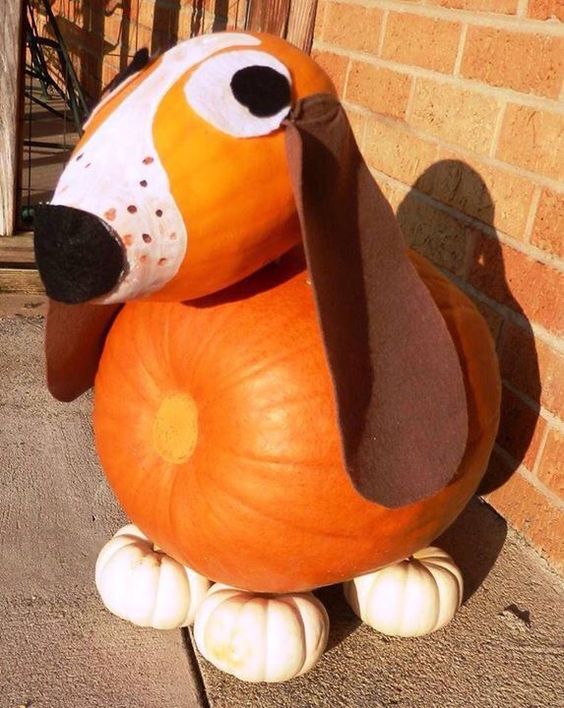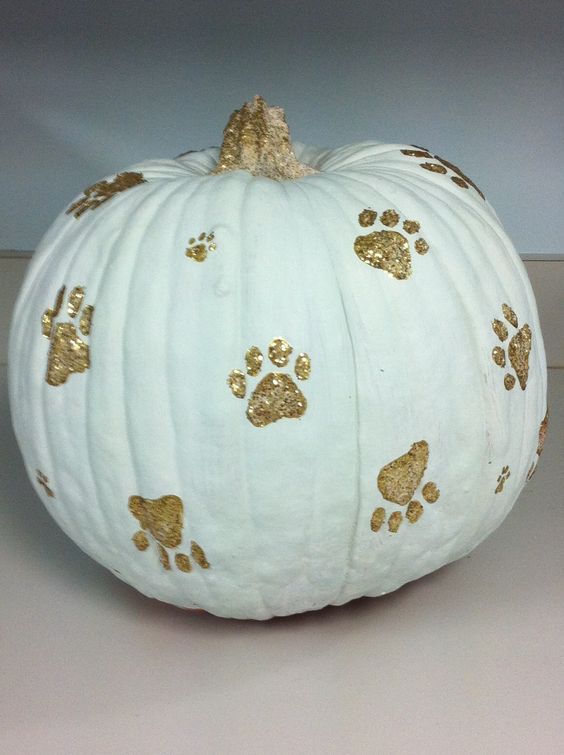
You may have heard people using turkey tail supplements for their dog’s health.
But does it actually work? Is it just another marketing ploy to get you to buy yet another dog vitamin?
And seriously, what do turkeys got to do with it?
In this post, we’re exploring what turkey tail is and delving into the research on it’s reported health benefits for dogs. If you’re interested in trying it yourself, we’ll outline how to give it to your dog too.
What is Turkey Tail?
Turkey tail mushrooms are fungi that grow on tree trunks or fallen trees. They can be found in different parts of the world, including the U.S. The multicolored disc-shaped mushrooms are used in traditional Chinese medicine, typically made into an extract (Yun zhi). It’s often used to treat respiratory problems, but people take it as a supplement for a variety of things.
If you’re wondering “what does this have to do with turkeys?” the mushroom was named after the animal because of its colors match that of a turkey’s tail.
In humans, some studies suggest that turkey tail can be useful at fighting some cancer types. Like other mushrooms, the fiber content means it’s healthy for digestion too. Other research suggests it could be useful for gut bacteria and preventing obesity. Mainly, turkey tail is sold as a standalone supplement or supplement blend for immune-boosting benefits (although the data isn’t clear if the way it impacts the immune will actually stop you from getting sick).
While we’ll speak about turkey tail mushroom’s benefits in this post, it’s important to note that the research isn’t definitive. Data shows us that there may be several benefits to dogs and humans alike, but more studies need to be done before we label it as a cure for anything.
The side effects of turkey tail mushroom in humans seem to be rare and mild if they occur. You may experience digestion issues, such as bloating or gas.
Is Turkey Tail Mushroom for Dogs: Safe?
Enough with the info about turkey tail mushrooms for humans. Is it safe for dogs too?
Turkey tail mushrooms are safe for dogs and sold in supplement form specifically for them. Dogs don’t have the enzymes needed to break down the fiber in fresh mushrooms, so feeding them cooker or in supplement form is the best option. Of course, if you decided to cook turkey tail mushrooms for your dog, they should be plain and without any harmful ingredients or spices added.
While feeding turkey tail mushrooms to dogs is generally safe, you should always contact your vet before introducing a new food into her diet. You should also avoid using it as a “cure” for any dog ailment without medical advice. For example, if your dog has cancer, they need vet treatment more than a supplement. Always seek evidence-based treatments before turning to alternative home remedies for dogs.
Benefits of Turkey Tail Mushrooms for Dogs
There’s quite a few reported benefits of turkey tail mushroom for dogs. But it’s important to note that each vary in their scientific data. That is, some benefits are backed up with studies while others are more anecdotal.
Many of turkey tail’s benefits for dogs revolve around 2 components:
- Polysaccharide-K (PSK)
- Polysaccharide-P (PSP)
Both PSK and PSP are beta-D-glucans. These bind to receptors in immune cells, which can trigger immune changes. These changes may increase or balance out immune cells, depending on what’s needed for a specific dog’s immune system.
There’s more reasons why the mushroom may have advantages for our furry pals. Although it needs to be confirmed, research suggests beta glucans benefits for dogs include:
- Decrease blood glucose levels
- Decrease total cholesterol
- Stimulates immune response
May Balance Immune System
Often, when we want to protect ourselves or our dogs, we speak of “boosting” the immune system. However, “balance” would be a more appropriate phrase. If we boost out immune system too much, it can cause it to overreact and create disorders. For example, it’s thought that people with rheumatoid arthritis actually have a very powerful immune system that evolved to protect them from diseases. The bad side is that it’s so powerful that it causes joint issues. When you consider that, do you really want to boost your dog’s immune system? Probably not.
“Balancing” the immune system means that it responds appropriately to threats. If it’s underactive, it becomes more active to respond and fight off viruses. If it’s overactive, it calms down and only react to real problems.
As discussed above, turkey tail mushroom for dog’s immune system may be beneficial because it may change what it needs to, stimulating or balancing response. So, if your dog already has an autoimmune disease, it can help regulate the system instead of boosting it even more.
Another reason why turkey tail may be good for a dog’s immune system is because it’s a prebiotic. Prebiotics help keep the gut healthy and the better your dog’s gut, the better his immune system will respond.
A balanced immune system means your dog can better fight off things like:
- Bacteria and germs
- Parasites
- Viral illnesses (ex. the flu)
Turkey Tail for Dog Cancer
There’s also some evidence to show that turkey tail could be beneficial for dogs who have cancer. In a 2012 study, researchers studied the effects of PSP in turkey tail on dogs with hemangiosarcoma, a cancer with a high chance of spreading. In other words, dogs diagnosed with this aggressive form of cancer don’t live very long. However, researchers found that treating it with PSP in turkey tail seemed to improve the lifespan. Take a look at these survival rates:
- No treatment: 86 days
- 50mg-kg/day: 117 days
- 100mg-kg/day: 199 days
Interestingly, PSP is an approved anti-cancer drug in China and Japan.
In a 2012 study, turkey tail was also associated with better survival times in people with various cancers. It’s unclear whether this association is the cause of longer survival and if it is, we don’t know if that translates to dogs, but it’s hopeful.
As always, we recommend seeking out treatments that have more evidence to back them first. However, in some cases, you may prefer turkey tail to extend end of life. For example, if a treatment surgery costs thousands of dollars and you can’t afford it, and you know it will only extend your dog’s life a few months, it may be more practical to try turkey tail. It may also extend your dog’s life at a fraction of the cost. But, if your dog is given a long lifespan using evidence-based treatments, that could be the most logical option to take. Some people also use turkey tail alongside other treatments.
Turkey Tail Mushrooms for Dog Digestion
As we mentioned above, turkey tail mushrooms contain beta glucans. This, combined with their prebiotics, can benefit your dog’s digestion system. That may mean easier, firmer poops, less constipation and less gas.
It’s worth noting that gas could be a side effect for humans who consume turkey tail mushrooms, so the same may be true for dogs too. While it may ease flatulence, it could also be a side effect.
Combats Yeast
When the levels of yeast in your dog’s body becomes unbalanced, it can overtake and cause problems like:
- Hair loss
- Itchy skin
- Diarrhea
- Hot spots
- Ear infections
Since turkey tail has antifungal properties, it can help balance out yeast by fighting unnecessary levels.
Turkey Tail for Dogs for Chemotherapy
Like humans, some dogs with cancer undergo chemotherapy. Although this can help kill the cancer, it can have negative side effects, like weakening the immune system.
Studies on humans show that PSK, found in turkey tail mushrooms, may help stop these negative effects. In one study, patients undergoing chemotherapy were divided into 2 groups: those who would take PSK alongside chemo and those who didn’t. Those who took PSK lived longer than those who just received the chemotherapy. A similar study was repeated on over 8,000 patients with the same conclusion: those receiving PSK live longer.
Again, we need to point out that although these results are promising, but they aren’t definitive in humans, much less dogs. More research needs to be done to figure out if PSK in turkey tail is the cause of living longer after chemotherapy. In the meantime, you can ask your vet to ‘OK’ you using it alongside other therapies.
How to Give Dog Turkey Tail Mushrooms
If you’re considering giving your dog turkey tail mushrooms, we suggest contacting your vet before introducing anything new to the diet as a general rule. This is especially important if your dog is suffering from a condition or disease, like cancer. You want your dog to have the best treatment possible, so try to seek out evidence-based treatments before resorting to natural home remedies. Since turkey tail is safe for dogs, your vet will likely ‘ok’ it while giving you advice for other possible solutions.
Here are the possible ways of giving your dog turkey tail mushrooms.
Cooked
If you’ve decided to feed your dog turkey tail mushrooms in natural form, avoid giving it to her fresh. As noted above, any mushroom may irritate a dog’s digestion. As an alternative, cook it plainly or use a supplement or extract instead.
Supplements or Powders
The most common turkey tail for dogs is in supplement form. There’s 2 main types to look out for:
- Mycelium— These supplements only use the root of the mushroom instead of the whole fungus. The drawback is that mycelium supplements typically contain fewer beta-D-glucans. If you do choose a mycelium product, make sure it has a high percentage of beta-glucans.
- Fruiting Body—This means the supplement uses the whole mushroom. It’s dried and turned into powered form. This is the ideal choice if you can find it.
If you’re giving your dog a supplement in capsule form, she probably won’t willingly take it whole. Instead, sneak it into a piece of food, such as a cube of cheese. You can also purchase pill pockets.
If you’re using a powered turkey tail supplement for dogs, you can sprinkle it in her food or mix it in with something she loves.
Some supplements are sold as blends containing turkey tail and other herbs.
Extract
Turkey tail is also sold in extract form. Your dog may not willingly let you drop the liquid into her mouth, so you can drop it into her kibble to be absorbed instead.
Turkey Tail Dog Dosage?
You can give your dog turkey tail mushrooms as a daily supplement. Keep in mind that the dosage for a human looks a lot different than the dosage for a small dog. Since their body weight and build is different, they often need a smaller amount.
The correct turkey tail dosage for dogs depends on the product you’re using, so check the label. If you’re using a dog-specific turkey tail, it will likely list the dosage by weight or breed size. Dog-specific supplement blends may also have different dosages than a turkey tail-only blend.
If you aren’t using a dog-specific turkey tail blend, firstly make sure that the product only contains turkey tail. Supplement blends may contain other herbs or ingredients that may be harmful to dogs. You should also make sure it’s high-quality so your dog isn’t getting what she needs and none of what she doesn’t. Since these were formulated with humans in mind, most won’t come with dosage instructions for dogs. In this case, you can calculate it yourself:
- Check the dosage on the bottle
- Assume dosage is meant for a 150 lbs. person
- Calculate the dosage according to your dog’s weight (it will likely be a lot less)
- Start with a low dosage and work your way up, if needed
Another way around calculating your dog’s dosage is simply to ask your vet. Give them a call and tell them the product you purchased. If they’re unfamiliar with it, let them know the dosage for humans and ask for a recommended dosage for your dog. Even better, ask them before purchasing so they can give you recommendations for high-quality turkey tail supplements.
Your vet may also make special dosage recommendations based on your dog’s ailment. For example, some dogs with cancer have high dosages.
As always, you should monitor your dog after giving her a new food or supplement to make sure she doesn’t react. If she has any negative reactions, discontinue use and/or contact your vet.
Where to Buy Turkey Tail for Dogs
You can find turkey tail at your natural health food store or a Chinese medicine/herb store. You can also order it online on Amazon.
Summary on Turkey Tail Mushroom for Dogs
Some evidence suggests that turkey tail for dogs may help balance their immune system, combat yeast and improve digestion processes. It may also play a role in dogs diagnosed with cancer: Those who took a turkey tail supplement appeared to live longer. Similarly, it may also lengthen life for dogs who’ve underwent chemotherapy by helping their immune. Since the results aren’t definitive, you should always seek evidence-based care with your vet before turning to supplements.
If you’re interested in trying turkey tail mushrooms for dogs, you can buy it in natural, powered, capsule or extract form. Read the bottle for dosage instructions for dogs. If the product was formulated for humans, ensure it’s safe for dogs and only contains turkey tail. Then, calculate the dosage for your dog using the tips above, or, more easily, contact your vet for suggestions.


























































 Since the spaces around the dog are thicker, this one is easier for children to do. As always though, make sure to have adult supervision, especially with the difficult parts, like the thin spaces for the ear.
Since the spaces around the dog are thicker, this one is easier for children to do. As always though, make sure to have adult supervision, especially with the difficult parts, like the thin spaces for the ear.